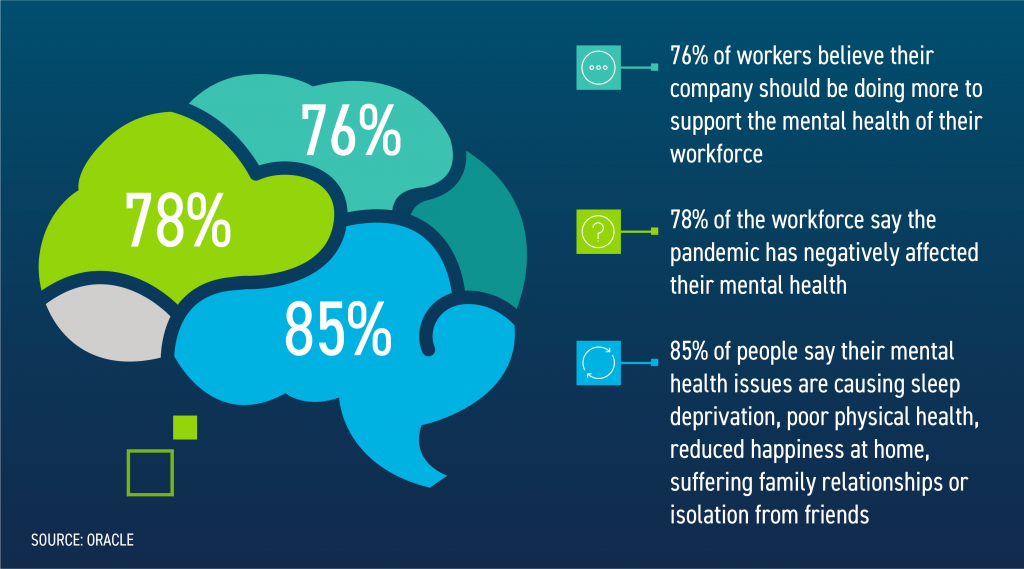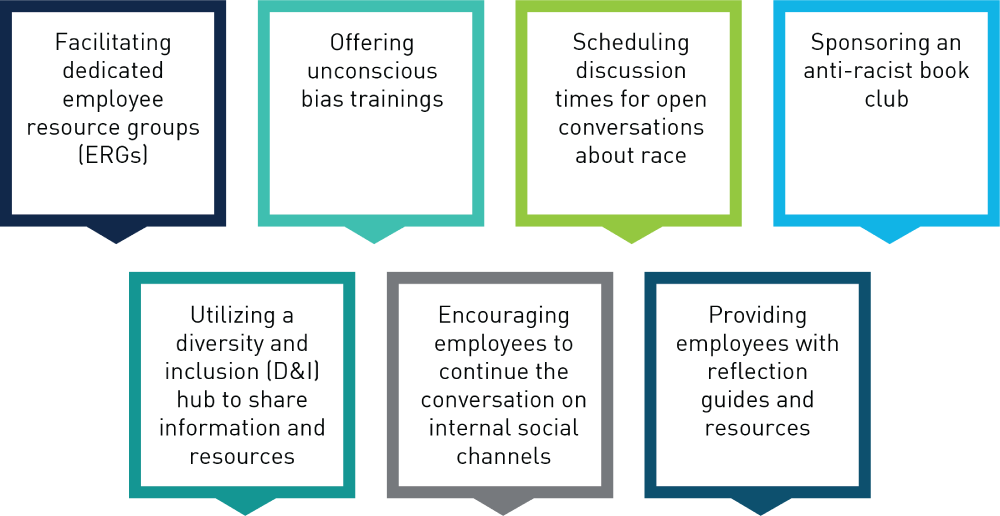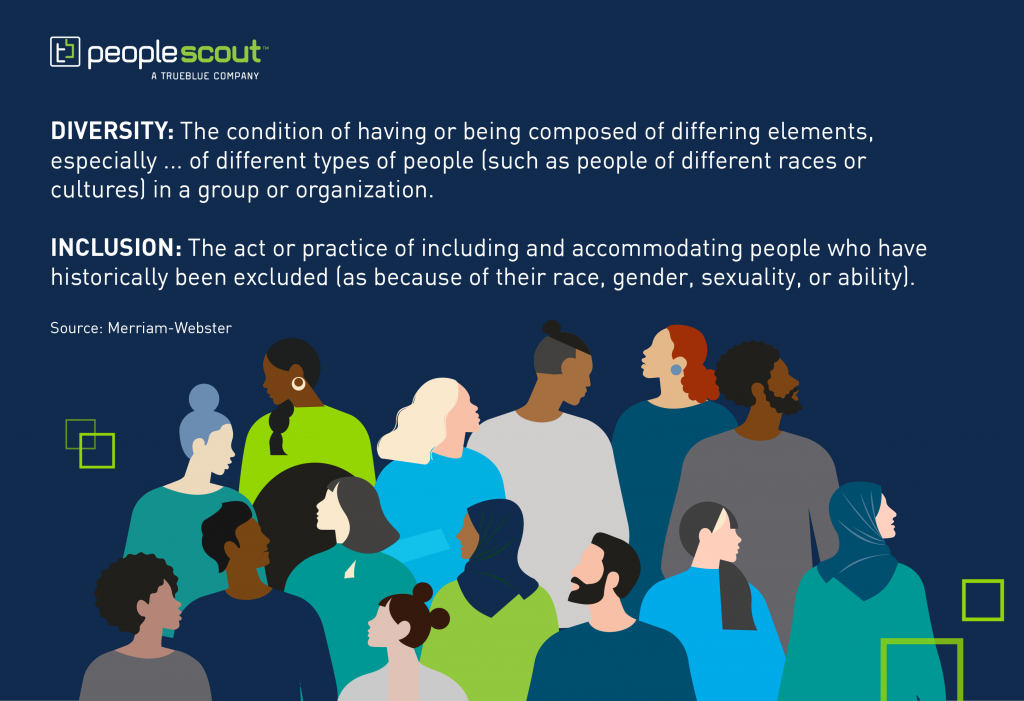As organizations around the
globe confront the challenges presented by the coronavirus (COVID-19) outbreak,
even the most seasoned talent leaders find themselves in uncharted territory.
We’re creating a mini-series with our experts here at PeopleScout about the
issues that are most pressing during this uncertain time.
This profile shares insights from PeopleScout Global Leader of Affinix Client Success and Strategy, Allison Brigden, on transitioning to a virtual talent acquisition solution. Allison leads the Affinix Client Success Team and our strategic technology partnerships.
Allison shared her insights about virtual hiring solutions from her home in Chicago.
Allison, we know that things are hard right now, but a lot of organizations that provide essential goods and services need to keep hiring and it’s important to keep both employees and candidates safe during the process. What’s the best way to do this?
The
best way to do that is to continue your recruiting process, but do it
virtually. Recruiting has undergone a digital transformation and essentially
all of the recruiting steps can be handled virtually. By moving to this
type of process, you can provide access to jobs in a completely safe
environment without contact for both the employer and the job seeker. Of
course, candidates have been able to apply online for a long time and recruiters
can review resumes online, but most interviews have still been done in
person.
Interviews can be done virtually through technology that allows you to have a
live, two-way video or a pre-recorded video that the candidate can do on their
timeline, at their convenience. Later, the audio or video recording can be
reviewed by both the recruiter and the hiring manager.
This
technology can easily support a process that can be fully virtual from the time
candidates apply through the offer and onboarding. As I said, the technology
has been available for a while, but it hasn’t been fully adopted. This is an
opportune time for us to use the available technology.
A virtual hiring solution allows us to put health and safety first, but also provide access to jobs for those who need one during this challenging time. There’s also been a huge spike in jobs for remote workers in the past few weeks. A virtual hiring solution is directly aligned to that remote work environment as well, so it’s a very good time to introduce that and transition to a virtual process for your recruiting.
So, what does a virtual talent acquisition solution look like?
A virtual hiring solution leverages technology, but it can also have a highly personal touch. By using technologies to their full advantage, recruiters can and will have more time to spend with applicants. Technology can engage one applicant with multiple interviewers and live two-way video engagement. You can even have a panel interview with five different interviewers connecting with a candidate at the same time.
You
should strive to make your virtual conversations feel more personal, just
because you are leveraging technology doesn’t mean that you have to lose that
personal touch as part of the process.
To further answer this question, I think a virtual hiring solution should involve the following components:
First,
you should have an easy application that can be done on a mobile phone. It
should feel like an online shopping experience and should only take four to
eight minutes. There should also be an immediate next step, so that the
applicant can drive the process.
This
could be a text exchange where you’re asking questions about the interview schedule
or the requirements of the job, or it can be a video exchange or a candidate-friendly
assessment process. All this can be done on their mobile phone.
Another
really important component is automated self-scheduling. This allows the
candidate to look at the available interview times and select one for
themselves, either via text or via an online web experience. This also allows
candidates to drive that next step – whether it’s a phone interview with the
recruiter or a live video interview. Giving the candidate the ability to drive
forward in the process is also a very important component of a virtual hiring
solution.
The
offer and the post-offer process can also be done virtually. This has been done
over the phone for a long time, but there are also more options for a
personalized and engaging onboarding experience, which can help right now when
people are feeling a little bit isolated or disconnected.
As
an example, after someone has accepted an offer have a welcome video sent to
their phone or preferred device where you welcome them and tell them what to expect
on their first day.
The
entire virtual hiring process can be fully branded to elevate your employer brand
and the connection you have with applicants. These are the components you’d
want to have in place while building your virtual process.
In
summary, a virtual hiring solution can be very safe while still being highly
effective. It doesn’t require contact, but it also gives you that chance to
connect with potential new employees and provide them a personalized
experience.
Can you tell me some of the short-term and long-term benefits that people would see with a virtual hiring solution?
Things
are changing quickly and it’s very important to remember that we’re all in this
together and we need to be understanding and flexible as things develop. PeopleScout
can definitely help with both short-term benefits for the job seeker as well as
long-term benefits for the company.
Short-term
benefits are fairly clear. The virtual interview and scheduling process
provides a completely safe, no-contact method to further the recruiting process,
which is a clear short-term benefit. Another short-term benefit is speed-to-hire.
We typically see a reduction of four to eight days in the time it takes to fill
a job.
Virtual
interviews and automated scheduling reduce the amount of time it takes to fill a
job and that’s a short-term benefit in getting an essential worker on the job
sooner. By providing a more automated applicant-driven process, you can enhance
the candidate experience and lead to acquiring better talent faster.
Virtual
interviews and automated scheduling are also a long-term benefit because
companies will see improvements in their business outcomes as people reach
productivity faster. A few additional
benefits include saving money and travel costs for interviews, if you would
normally have candidates travel in for an interview and a lower overall
cost-per-hire.
Once
you have a virtual process in place, you don’t need to return to previous
hiring practices, you can continue the virtual process and reap the same
benefits.
Giving
candidates more control in the process, whether that be the option to record an
on-demand video or audio interview, or scheduling an interview themselves, puts
them in a position of controlling the process, or driving the next step, which
is a great improvement in the candidate experience. If you implement this virtual
process today, you’ll see these short-term and long-term benefits that you can
carry forward as the future unfolds.
How do you transition or implement a virtual hiring solution?
The
good news here is that this transition is more of a light lift than a heavy lift.
Most likely, a large part of an employer’s process is already virtual. Everyone
can apply online. Recruiters can work online to interact with the systems already
in place.
Mostly
you need to focus on the steps that are traditionally face-to-face, like the
interview itself or some parts of the onboarding process. You probably don’t
need to overhaul the whole application and hiring process, but rather just
introduce this virtual interviewing and scheduling component. And, if you’re
working with a provider, like a recruitment process
outsourcing partner,
they can actually handle much of that transition for you. Even if you just have
an in-house team, it’s not a very difficult transition to make.
The
biggest challenge will be the adoption and training. I would definitely want to
have an employer focus their efforts on helping the hiring managers understand the
process and share the short-term and long-term benefits so that they can drive adoption
within their organization.
For a lot of organizations, hiring face-to-face may be deeply ingrained into the culture. How can you make virtual interviewing work in a way that still feels authentic and personal for both the hiring manager and the candidate?
A
big part of this is comfort level. And the only way to truly get comfortable
with something is to start using it. So, the comfort level will increase for
everyone involved as they continue to use the technology. This is true for
candidates too. The first time they do an interview like this, they might have increased
nervousness.
After
they’ve been through it once, we’ve seen that the next time they become more
comfortable. But there are things you can do to make it the best experience possible,
and to make it feel authentic and personal.
Even
though this is a virtual interview, as a recruiter, you want to be prepared so
that you have meaningful questions to ask. Make sure you have pertinent
information about the job on-hand, and make sure you’ve reviewed the resumes so
you’re not going in cold to this interview experience.
As
a candidate, you want to be sure that you have the same level of professionalism
that you would have in a face-to-face environment. This extends to not just how
you dress for the interview, but making sure that you have a quiet place to
participate, etc. Another best practice would be to test the technology first. Most
virtual interviewing technologies allow you to test your video and your sound, so
you’re able to see what the video looks like before you begin the
process.
For
employers, I also recommend testing your connections and making sure everything
looks and sounds good. Once the video interviews begins you should also reinforce
your employer brand by letting the candidate know unique things about your
company culture that may appeal to the candidate. Displaying your company
culture is important during the virtual hiring process, as candidates do not
have to opportunity to visit your facility.
Beyond
displaying your company culture and employer brand, you need to make sure you ask
the right questions during the interview to better understand a candidate’s experience
and competencies, and very importantly, communicate openly and authentically
about the role and your expectations.
After
the interview is done, it’s important to provide some sort of feedback to the
candidate, and let them know what the next step is in the process. Whether or
not a candidate is moving forward in the process or not, provide them that
information in a timely way so they’re not left wondering and feeling
disconnected from your brand and keep all of the interactions warm.
Are there any final thoughts you’d like to leave us with?
I
would just say that it is important for those essential workers that we need in
the healthcare industry and front line
retail and essential goods industries to be able to hire at this time. Being able to move
forward with this process and keep recruiters busy and employed to fill these
critical jobs is very important and it’s a great way to help in this uncertain
time. And then lastly, I would just say keep safe everyone. Follow the
recommendations of the CDC and the world
health organization
and we will all come through this challenging time together.
To learn more about ways employers can respond to the Coronavirus (COVID-19) outbreak, visit our Resource Center.









